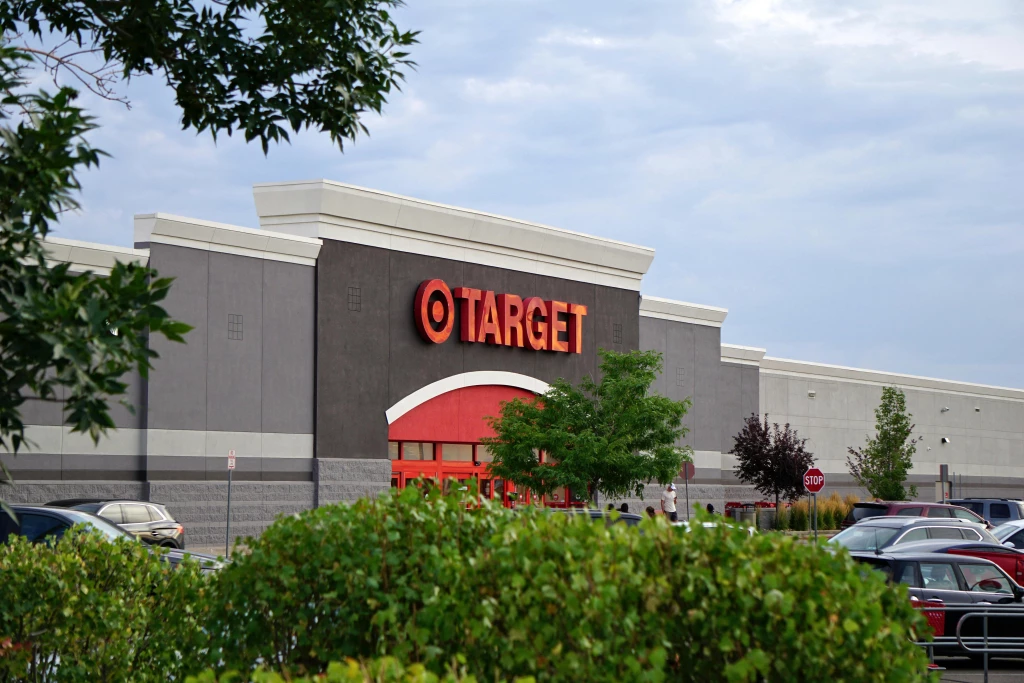3 New Technologies Innovating the In-Store Mall Experience
Add bookmark
Malls are apparently ‘back’; after a year of stay-at-home orders, customers shied away from many in-person retail establishments, and instead focused on convenient and socially distanced eCommerce options. However, many customers have returned to their favorite retail spaces and pent-up demand has sparked a new wave of consumer spending, causing a recent surge in mall foot traffic.
But, experts warn, this influx may not last as consumer behavior and shopping preferences have largely shifted since the start of the pandemic. According to CNN, this shift is not just a product of online retailers like Amazon, it is also linked to big-box retailers who acted as a lifeline to shoppers amid retail shut-downs. Retailers like Target and Walmart became the go-to stores for both online ordering and in-store shopping and customers quickly gravitated to these all-in-one experiences even as safety precautions have been lifted.
To remain competitive, malls and other traditional store-fronts must step up their offerings to deliver more innovative and convenient in-person experiences. Here are a few ways malls, and new partnering retail technologies, are reinventing the shopping experience to cater to modern customers:
Taking the Mall Online
Because customers are now engaging in online shopping, they have become used to instant gratification. Upon browsing for an item, they can place it in their cart and check-out within seconds. With this mindset, it becomes extremely inconvenient when an item is out of stock, or unavailable — an experience that frequently occurs in a physical retail store.
But, new IT service firm, Placewise, is hoping to avoid these instances and keep customers in the know about their favorite shopping center’s inventory. The service is testing a marketplace platform that curates inventory at shopping centers so customers can effectively browse each store before making the trip.
The impact of this kind of technology has actually already begun to be tested and analyzed; another inventory-based retail tech company called NearSt is currently in its trial phase in shops throughout London. After searches for products nearby surged 620% during the peak of the pandemic, NearSt and partnering property firm Grosvenor Group, aimed to target digital-savvy customers and simplify the local shopping experience. In its initial trial on bustling Elizabeth Street and Mount Street in London, the company promoted inventory from luxury stores like Creed and Stephen Webster to shoppers searching nearby on Google. It reported a 36% increase in visiting shoppers after seeing just one targeted advertisement of a local store’s inventory.
The presence of these new technologies signals a step towards a more hybrid in-person shopping experience. By giving customers an inside look at their local inventory, companies can leverage the instant gratification of in-person shopping.
Multi-Retailer On-Demand Shopping
With customers now accustomed to buy-online, pick-up in-store technologies, they are eager to merge their new online shopping habits with their former in-person routines. To capitalize on this hybrid experience, many individual retailers are adopting curbside pick-up initiatives for customers who prefer to browse for products online.
While many stores now offer this service, it’s often limited to the single storefront — which is not truly comparable to the typical mall experience. However, a new AI-based product discovery platform from BlueDot and AdeptMind is giving shoppers the opportunity to place online orders from multiple retailers at a single shopping center, creating a more unified buy-online pick-up in-store service.
The platform will allow customers to shop their entire mall in one app, without ever having to leave their homes. Once they are ready to pick-up their orders, the service uses mobile location technology to provide their estimated time of arrival for each store representative. The staff will then greet shoppers by name, with each purchase consolidated, at the predetermined pick-up location.
This brings back a one-stop-shop element for shoppers and gives customers a more efficient option when seeking a quick pick-up. As people continue to shop online, in-person retailers must implement efficient and seamless in-store options to emulate the ease of an eCommerce interaction.
Buy-Now, Pay-Later Options In Stores
Buy-now pay-later services have become increasingly popular with customers seeking delayed or flexible payment options while shopping online. Many eCommerce companies are partnering with services like Klarna and Afterpay to attract a new generation of shoppers who may be averse to using a traditional credit card or simply want a new extended purchasing option.
Unibail-Rodamco-Westfield, owner of Westfield shopping centers, recognized the potential of these services in amplifying the in-person experience and is now entering a multi-year partnership with Afterpay. The service allows shoppers to pay in installments with a one-time card for individual purchases. According to Westfield, 73% of shoppers say that the ability to go home with their purchases right away is a primary factor in the decision to return to the mall. Therefore, identifying any opportunity to make the in-store purchasing option more seamless and familiar is critical for retailers.
Simon Property Group has already implemented Afterpay technology, and customers can make a purchase by activating a card in their Afterpay app using Apple Pay or Google.
This is certainly a step toward a more hybrid retail environment, as customers become increasingly reliant on eCommerce payment technologies, it becomes important to bridge any gaps in the current in-person experience to establish consistency across every touchpoint.
Photo by Burst PEXELS























